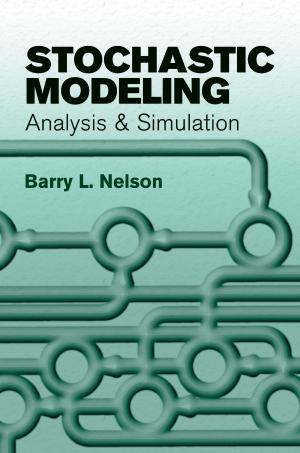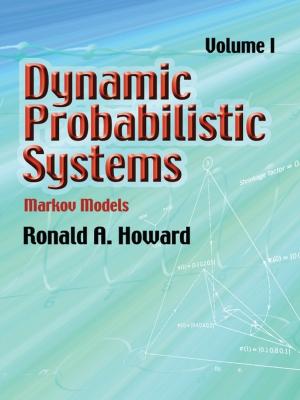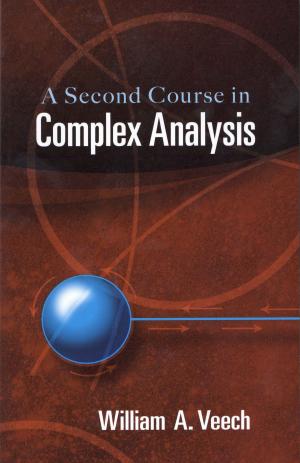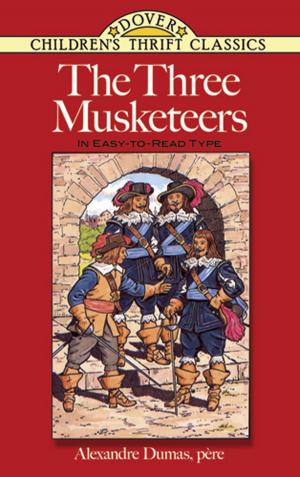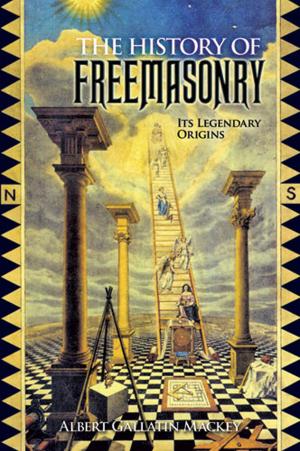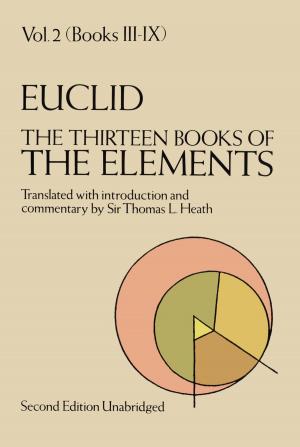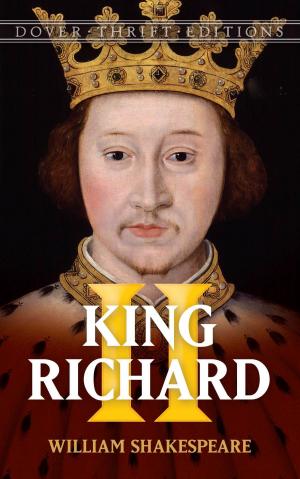Algebraic Methods in Statistical Mechanics and Quantum Field Theory
Nonfiction, Science & Nature, Science, Physics, General Physics| Author: | Dr. Gérard G. Emch | ISBN: | 9780486151717 |
| Publisher: | Dover Publications | Publication: | August 4, 2014 |
| Imprint: | Dover Publications | Language: | English |
| Author: | Dr. Gérard G. Emch |
| ISBN: | 9780486151717 |
| Publisher: | Dover Publications |
| Publication: | August 4, 2014 |
| Imprint: | Dover Publications |
| Language: | English |
This systematic algebraic approach concerns problems involving a large number of degrees of freedom. It extends the traditional formalism of quantum mechanics, and it eliminates conceptual and mathematical difficulties common to the development of statistical mechanics and quantum field theory. Further, the approach is linked to research in applied and pure mathematics, offering a reflection of the interplay between formulation of physical motivations and self-contained descriptions of the mathematical methods.
The four-part treatment begins with a survey of algebraic approaches to certain physical problems and the requisite tools. Succeeding chapters explore applications of the algebraic methods to representations of the CCR/CAR and quasi-local theories. Each chapter features an introduction that briefly describes specific motivations, mathematical methods, and results. Explicit proofs, chosen on the basis of their didactic value and importance in applications, appear throughout the text. An excellent text for advanced undergraduates and graduate students of mathematical physics, applied mathematics, statistical mechanics, and quantum theory of fields, this volume is also a valuable resource for theoretical chemists and biologists.
The four-part treatment begins with a survey of algebraic approaches to certain physical problems and the requisite tools. Succeeding chapters explore applications of the algebraic methods to representations of the CCR/CAR and quasi-local theories. Each chapter features an introduction that briefly describes specific motivations, mathematical methods, and results. Explicit proofs, chosen on the basis of their didactic value and importance in applications, appear throughout the text. An excellent text for advanced undergraduates and graduate students of mathematical physics, applied mathematics, statistical mechanics, and quantum theory of fields, this volume is also a valuable resource for theoretical chemists and biologists.
This systematic algebraic approach concerns problems involving a large number of degrees of freedom. It extends the traditional formalism of quantum mechanics, and it eliminates conceptual and mathematical difficulties common to the development of statistical mechanics and quantum field theory. Further, the approach is linked to research in applied and pure mathematics, offering a reflection of the interplay between formulation of physical motivations and self-contained descriptions of the mathematical methods.
The four-part treatment begins with a survey of algebraic approaches to certain physical problems and the requisite tools. Succeeding chapters explore applications of the algebraic methods to representations of the CCR/CAR and quasi-local theories. Each chapter features an introduction that briefly describes specific motivations, mathematical methods, and results. Explicit proofs, chosen on the basis of their didactic value and importance in applications, appear throughout the text. An excellent text for advanced undergraduates and graduate students of mathematical physics, applied mathematics, statistical mechanics, and quantum theory of fields, this volume is also a valuable resource for theoretical chemists and biologists.
The four-part treatment begins with a survey of algebraic approaches to certain physical problems and the requisite tools. Succeeding chapters explore applications of the algebraic methods to representations of the CCR/CAR and quasi-local theories. Each chapter features an introduction that briefly describes specific motivations, mathematical methods, and results. Explicit proofs, chosen on the basis of their didactic value and importance in applications, appear throughout the text. An excellent text for advanced undergraduates and graduate students of mathematical physics, applied mathematics, statistical mechanics, and quantum theory of fields, this volume is also a valuable resource for theoretical chemists and biologists.



